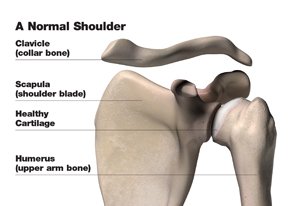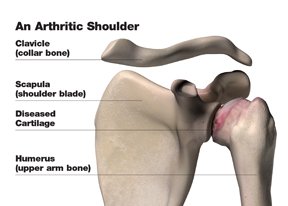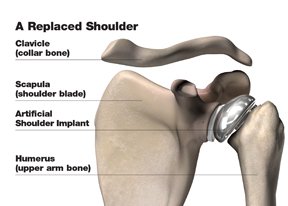Your Shoulder
Find out how this most movable joint in your body works
The shoulder is made up of three bones:
- the collarbone, or clavicle
- the shoulder blade, or scapula
- and the upper arm bone, or humerus
There are also two important joints that allow for movement:
- The acromioclavicular joint connects the upper part of the shoulder blade (the acromion) to the collarbone.
- The glenohumeral joint, also known as the shoulder joint, is a ball-and-socket joint that connects the upper arm to the shoulder blade. This joint allows free movement of the arm so that it can rotate in a circular fashion.
Although the shoulder is the most movable joint in the body, it is unstable because the ball (the humerus) is larger than the socket (the glenoid) that holds it. To maintain stability, the bones of the shoulder are held in place by muscles, tendons, and ligaments. Tendons are tough cords of tissue that attach muscles to bone, and ligaments attach bones to each other for stability.
The rotator cuff is made up of four muscles and their tendons, which act to hold the upper arm (humerus) to the socket of the shoulder (glenoid fossa). The rotator cuff also provides mobility and strength to the shoulder joint. Two sac-like structures, called bursae, allow smooth gliding between the bone, muscle, and tendon. They also cushion and protect the rotator-cuff structures from the upper part of the scapula (the acromion).




